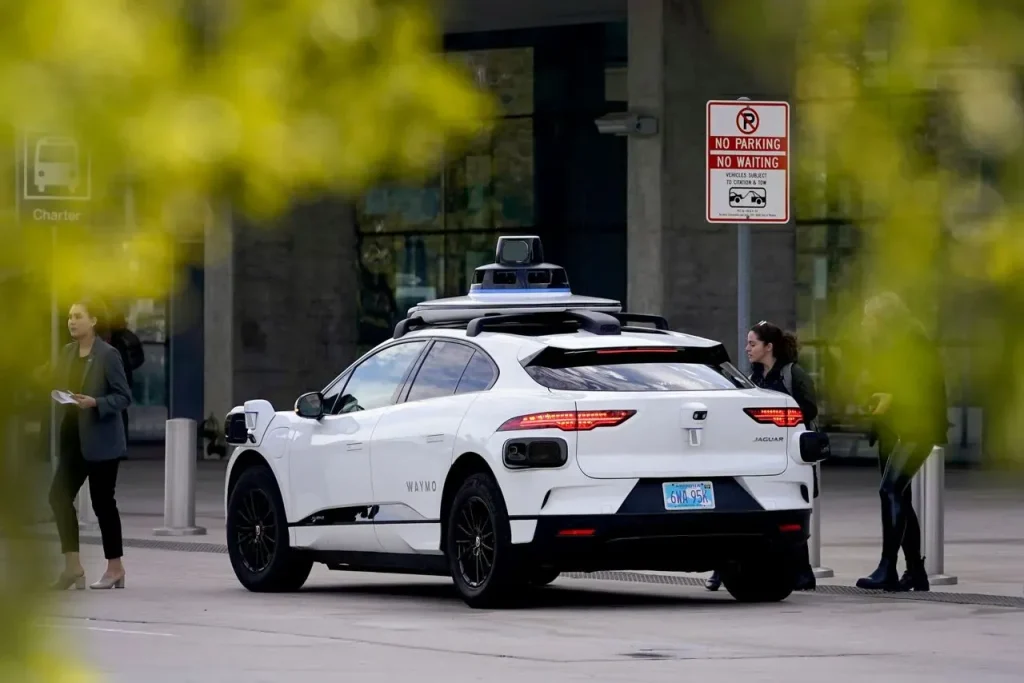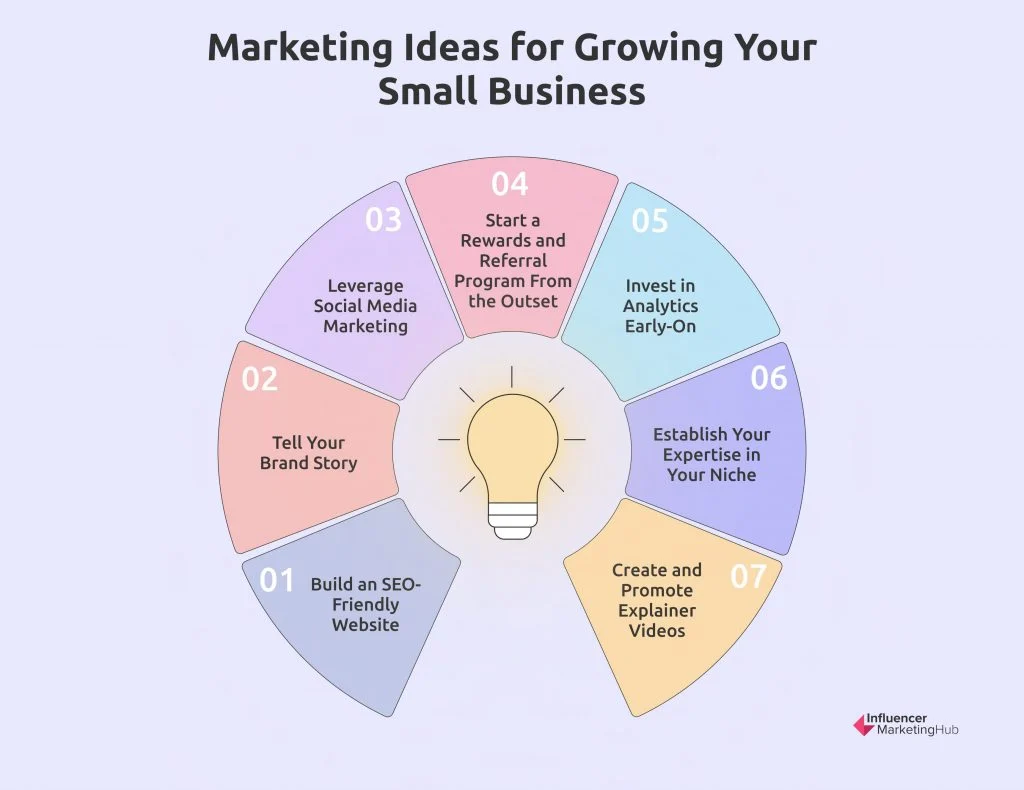The future of transportation is fast approaching with the emergence of robotaxis, transforming how we think about mobility in urban spaces. Leading technological innovators like Waymo, Tesla, and Amazon’s Zoox are fiercely competing to establish dominance in the driverless taxi market. These autonomous vehicles promise to significantly alter our commuting experiences, reducing congestion and increasing accessibility. As Waymo successfully operates in cities like San Francisco and Los Angeles, Tesla’s robotaxi ambitions are materializing with prototypes showcasing a new era of self-driving technology. Meanwhile, Zoox is ramping up production in its newly launched facility, positioning itself as a formidable player in this groundbreaking industry.
Autonomous ride-hailing services, often referred to as driverless taxis, are at the forefront of a transportation revolution. These self-driving fleets, including innovations from companies like Waymo and Tesla’s upcoming Cybercab, aim to redefine personal and public transportation. With the construction of state-of-the-art production facilities, such as Zoox’s in California, the race for market leadership in this arena is heating up. As these futuristic vehicles roll out, they promise a seamless blend of efficiency and convenience, setting the stage for a paradigm shift in how we navigate our cities. The race to deploy these novel solutions is not just about technology; it also reflects broader shifts towards sustainability and smarter urban planning.
The Rise of Robotaxis: Who Will Dominate the Market?
The battle for supremacy in the robotaxi market is heating up, with major players like Waymo, Zoox, and Tesla vying for consumer attention and market share. Waymo, a pioneer in the autonomous vehicle industry, has already established a significant presence in cities like San Francisco and Los Angeles, where its driverless taxis are making waves. The company’s consistent and methodical approach to expansion, coupled with its advanced self-driving technology, positions Waymo as a formidable contender. Meanwhile, Zoox’s recent investment in a new production facility signals its readiness to challenge established norms in urban mobility. The introduction of its unique vehicle design—one that operates without a steering wheel or gas pedals—could very well revolutionize how we perceive transportation in urban settings.
Elon Musk’s Tesla is also not to be overlooked, as the electric vehicle manufacturer aims to catch up to industry leaders with its own robotaxi initiative. With trials underway in Austin, Texas, their ambitious plans for a fully autonomous Cybercab have generated significant buzz. Analysts predict that the competition among these tech giants will drive innovation and bring autonomous vehicle technology to the forefront of urban transportation solutions. As these companies race to refine driverless technologies and gain market traction, consumer acceptance will be a key factor in determining who comes out on top in the robotaxi segment.
Waymo: Paving the Way for Autonomous Rides
Waymo has established itself as a leader in the field of autonomous transportation through strategic planning and extensive testing. By expanding its operational territories in Los Angeles County to cover over 120 square miles, Waymo is increasing access to its robotaxi services and creating a seamless user experience for commuters. The ability to facilitate paid rides in two major urban centers not only underscores the effectiveness of their technology but also serves as a litmus test for the future of driverless taxis nationwide. As they integrate more advanced features and refine their customer service, Waymo is positioning itself to maintain dominance in the increasingly competitive landscape of autonomous vehicles.
Despite the significant progress, Waymo and its contemporaries face barriers to widespread adoption. Variable weather conditions and the current limitations of charging infrastructures play crucial roles in the operational capabilities of these sophisticated machines. Furthermore, as Waymo continues to push the envelope in autonomous technology, the focus on safety remains paramount. Incidents such as recalls and minor accidents can severely impact public confidence in robotaxis. It is imperative for Waymo to ensure that its vehicles operate flawlessly in diverse environments, securing its reputation as a reliable option for consumers interested in driverless mobility.
Zoox’s Quest: Innovation in Robotaxi Design
Zoox, an Amazon subsidiary, is setting itself apart in the robotaxi race with its innovative vehicle design and production capabilities. The recent launch of a 220,000-square-foot production facility in Hayward, California, marks a significant milestone for the company, enabling it to manufacture up to 10,000 robotaxis per year. This ambitious scale of production demonstrates Zoox’s commitment to not just competing but redefining the landscape of driverless taxis. The revolutionary pill-shaped design promotes an entirely new passenger experience, emphasizing comfort and accessibility without the conventional constraints of driving controls.
The impending public ride-hailing services in cities like Las Vegas and San Francisco will be critical tests for Zoox’s vision. As it prepares to enter the crowded market, Zoox is leveraging its unique manufacturing strategies alongside Amazon’s vast resources to ensure it stands out among competitors. The challenge remains to convince potential users of the safety and practicality of its autonomous vehicles. As Zoox continues to refine its products and gain traction with consumers, its efforts could herald a new era in urban transportation, shifting the perception of what a taxi can be in this autonomous-vehicle age.
Tesla’s Ambitious Vision: The Future of Fully Autonomous Taxis
Tesla’s vision for the future of transportation hinges on its ability to bring fully autonomous vehicles to market through its robotaxi service. With the development of Tesla’s Cybercab and the active trials currently occurring in Austin, Texas, Elon Musk’s ambitions reflect a bold strategy that could transform the way people commute. Tesla’s production expertise and existing customer base provide a significant advantage as it prepares to launch its own driverless taxi fleet. By capitalizing on its advancements in artificial intelligence and machine learning, Tesla aims to deliver a reliable service that embodies the essence of an age filled with autonomous convenience.
However, the journey to market readiness is filled with obstacles. Tesla’s Full Self-Driving technology has faced scrutiny due to incidents associated with its deployment, previously leading to safety concerns and recalls. As the company strives to reassure regulators and the public, establishing a comprehensive testing protocol will be crucial. Furthermore, legislative challenges in cities like Austin could affect the timeline for launching Tesla’s robotaxis. For Musk’s vision to prevail, the company must not only perfect the technology but also earn the trust of the public and regulators alike; this dynamic makes Tesla’s upcoming months critical in the evolving robotaxi narrative.
Autonomous Vehicles: A Glimpse into the Future of Transportation
The emergence of autonomous vehicles is poised to reshape transportation as we know it, paralleling the transformative impact of the internet and smartphones. Experts assert that the proliferation of driverless taxis could significantly enhance urban mobility, leading to safer and more efficient transportation networks. With fewer human drivers, the potential for accidents could decrease, reducing overall traffic fatalities. Additionally, self-driving vehicles are expected to optimize traffic flow and decrease congestion, which is a prime concern in densely populated areas.
However, the transition to completely autonomous transportation will likely take time. Industry observers estimate that the widespread usage of robotaxis is still about 15 years away, reflecting the complexities involved in changing existing infrastructures to accommodate autonomous vehicles. In the interim, companies like Waymo, Tesla, and Zoox are navigating the challenges of safety regulations and public perception to foster an environment conducive to acceptance. The journey toward fully autonomous taxi services is filled with excitement and uncertainty, as the implications for everyday commuting practices and urban designs loom on the horizon.
Industry Challenges: Overcoming Safety Concerns in Robotaxi Testing
As advancements in robotaxi technology accelerate, the need for rigorous safety protocols becomes paramount. High-profile incidents, such as the unfortunate accident involving a Cruise driverless vehicle and recent Tesla Full Self-Driving mode mishaps, underscore the importance of ensuring each autonomous model is thoroughly tested before mass deployment. The industry must prioritize transparent reporting and continuous improvements to demonstrate to the public and regulators that robotaxis can be a safe alternative to traditional vehicles. If these companies encounter significant safety failures, it could set back public perception and hinder broader acceptance of driverless technology.
Furthermore, the complexity of urban environments presents unique challenges for autonomous vehicles. Adverse weather conditions, varied roadways, and unpredictable human behaviors create a multifaceted landscape for testing. For companies like Waymo and Tesla, accurately simulating real-world scenarios in controlled environments is essential for developing robust safety features and AI capabilities. Continuous evaluation and adaptation to these challenges will determine the pace at which robotaxi services can expand. Ultimately, the industry’s commitment to safety will play a crucial role in influencing regulatory policies and public acceptance of autonomous vehicles.
Regulatory Landscape: Navigating the Road to Robotaxi Implementation
The regulatory landscape for robotaxis is complex and multilayered, varying significantly from one location to another. As companies like Waymo and Tesla push forward with their autonomous initiatives, they must navigate a web of federal, state, and local regulations that govern the testing and deployment of these vehicles. Policymakers are in a challenging position, aiming to foster innovation while ensuring public safety. Advocacy for clear regulations is critical, as inconsistent policies may hinder the progress of robotaxi services and create confusion among consumers.
As cities prepare for the eventual roll-out of driverless taxi services, collaboration between tech companies and regulators is essential. The ability to establish frameworks that address liability concerns, insurance requirements, and safety standards will be key to successful implementation. Heightened scrutiny from lawmakers, exemplified by the request in Austin for a delay in Tesla’s rollout, reflects the caution exercised by stakeholders in the industry. Moving forward, creating an inclusive dialogue among all parties involved will be vital to crafting regulations that facilitate the growth of automated transportation without compromising public trust.
The Future of Urban Mobility: Integrating Robotaxis into City Infrastructures
As cities evolve and adapt to the changing demands of transportation, the integration of robotaxis into urban infrastructure presents both opportunities and complexities. The effectiveness of autonomous vehicles will largely depend on how they are assimilated within existing transit systems, which includes accommodating charging stations, traffic patterns, and public transport connections. For robotaxi services to achieve their full potential, careful planning is necessary to create synergies with other modes of transport, including buses and bicycles.
Urban planners and policymakers must consider the implications of widespread robotaxi adoption. This includes addressing concerns about land use, public space allocation, and the overall impact on traffic flow. Cities must be proactive in designing framework solutions that alleviate congestion and enhance the commuter experience. In doing so, integrating robotaxis can contribute to more sustainable urban environments, leading to decreased carbon emissions and an overall improved quality of life for residents. The future of urban mobility relies heavily on collaborative efforts among technology firms, city planners, and regulatory bodies.
Market Predictions: What Lies Ahead for Robotaxis
The future of the robotaxi market is anticipated to be filled with competitive vigor and remarkable advancements in technology. Analysts forecast that as the landscape becomes defined, the remaining players—Waymo, Zoox, and Tesla—will refine their strategies to capture market share effectively. Current trends indicate that consumer demand for safe, reliable, and efficient transportation options will drive innovations in autonomous vehicle technology. These advancements will likely set new standards in the transportation sector and establish essential benchmarks for safety and performance.
However, significant hurdles remain. The breadth of consumer acceptance is uncertain, hinging on the public’s trust in the safety of driverless taxis. Economic factors, geopolitical events, and public policy adjustments may all impact the pace of robotaxi implementation. As the market evolves, it will be crucial for agencies and stakeholders to monitor industry trends and unpredictable developments closely. Ultimately, the potential for robotaxis to transform urban landscapes and mobility practices remains immense, but realizing that potential will require concerted efforts from all involved parties.
Frequently Asked Questions
What are robotaxis and how do they work?
Robotaxis, or driverless taxis, are autonomous vehicles that can transport passengers without the need for a human driver. Using advanced sensors, cameras, and AI technology, these vehicles navigate roads and traffic in real time. Companies like Waymo and Tesla are at the forefront of developing this technology, offering paid rides in select cities.
How is Waymo leading the robotaxi industry?
Waymo, a subsidiary of Alphabet, has been a pioneer in the robotaxi market, successfully providing paid autonomous rides in cities like San Francisco and Los Angeles. With a focus on safety and reliability, Waymo’s slow and steady approach has positioned it as a leader in the deployment of driverless taxis.
What innovations is Zoox bringing to the robotaxi market?
Zoox, Amazon’s robotaxi initiative, is innovating with a unique vehicle design that eliminates the need for a steering wheel or gas pedals. Their new production facility in Hayward, California aims to produce up to 10,000 robotaxis annually, with plans to launch services in Las Vegas and San Francisco.
What are Tesla’s plans for its robotaxi service?
Tesla is actively developing its robotaxi fleet, starting trials with driverless Teslas in cities like Austin, Texas. Elon Musk has revealed plans for a fully autonomous Cybercab service, which aims to make the most of Tesla’s advanced Full Self-Drive technology.
What challenges do robotaxis face in the market?
Robotaxis face several challenges, including weather conditions that can hinder autonomous driving, the need for robust charging infrastructure, and public safety concerns. Incidents involving driverless technology, such as those related to Tesla’s Full Self-Drive mode, could impact public perception and regulatory responses.
How does the competition among robotaxi companies affect the industry?
The competition among companies like Waymo, Tesla, and Zoox is intensifying the race to deploy driverless taxis. Each firm is investing heavily in technology and infrastructure, which could lead to rapid advancements in robotics and AI, while ensuring that safety and efficiency remain top priorities.
What is the future outlook for robotaxis in the United States?
Experts predict that widespread adoption of robotaxis in the U.S. is still about 15 years away. While companies like Waymo and Tesla are leading the charge, ongoing testing and public sentiment will play crucial roles in shaping the future of autonomous transport.
Are there any previous robotaxi initiatives that have failed?
Yes, several companies have exited the robotaxi race, such as Cruise, which suspended operations after an incident involving one of its vehicles. Additionally, partnerships like that between Uber and Cruise aim to rejuvenate the conversation around robotaxi services after previous setbacks.
How are accidents involving robotaxis handled?
Accidents involving robotaxis are subject to rigorous investigation to understand the causes and implications. Companies like Waymo and Tesla have had to issue recalls and safety reports in response to incidents, emphasizing the need for continued monitoring and improvement of autonomous driving technologies.
| Company | Initiatives | Current Status | Future Plans | Challenges |
|---|---|---|---|---|
| Waymo | Paid autonomous rides offered in cities | Leading the market with services in LA and SF | Plans to expand service areas further | Weather conditions and recalls have hindered growth |
| Zoox | New production facility opened in Hayward, CA | Testing pill-shaped vehicles since 2023 | Public ride-hailing service to launch in Las Vegas and SF | Developing infrastructure for mass production |
| Tesla | Trials for driverless Teslas in Austin, TX | Currently testing Cybercab prototype and limited services | Aiming for comprehensive ride-hailing rollout soon | Full Self-Drive incidents and regulatory hurdles |
Summary
Robotaxis are revolutionizing urban transportation as tech giants race to dominate the market with innovative services and advanced vehicle designs. As companies like Waymo, Tesla, and Zoox push forward with their unique strategies and technologies, they each face significant trials and regulatory challenges that could shape the future of autonomous transport. The growing availability of robotaxi services indicates a transformative shift akin to past technological revolutions. With the potential to deepen our understanding of mobility and efficiency, the evolution of robotaxis is not just an evolution of transportation but a precursor to our future smart cities.



